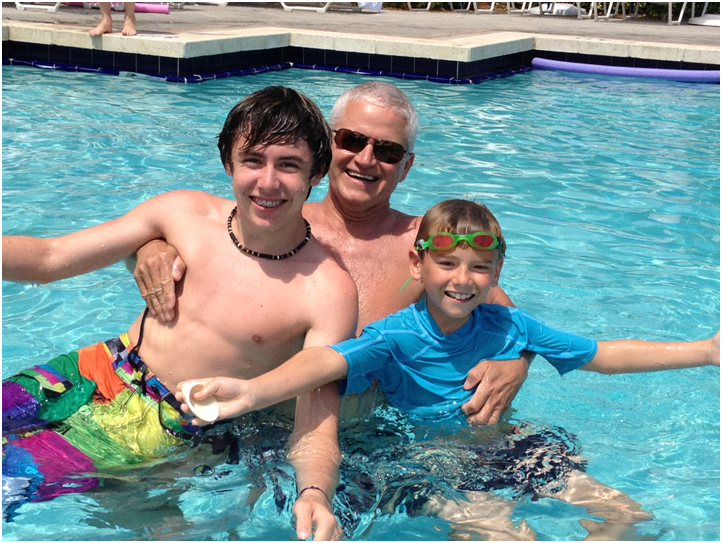Heading out to engage in physical activity often is easier for people when they can join with others in groups, and support and motivate each other. By engaging communities in physical activity, you can help people share knowledge about the benefits of physical activitiy, develop awareness about opportunities to be physically active, and overcome barriers and negative attitudes that may exist about exercise.
The U.S. Preventive Service Task Force recommends several initiatives that communities can adopt to successfully encourage and increase amounts of physical activity, in order to help manage and mitigate chronic health diseases, high blood pressure, and cholesterol. Community access to opportunities for physical activity is extremely important. Building walking trails, pools, fields, and gyms help provide citizens with more opportunities to exercise. Reducing fees for facilities access and providing low or no-cost programming and coaching also helps eliminate barriers to exercise. Simply placing motivational signs by elevators and escalators can remind residents and office workers to use nearby stairs in order to improve health and promote weight management. Community-wide media campaigns through television, radio, and newspapers promote screenings and educational workshops at worksites, schools and other community locations. Social support interventions in the community - including buddy systems, group walks, and fitness classes - also help steer physical behavior in a positive direction while strengthening community bonds and friendships.

There are many cities throughout the country that are making enormous efforts to foster physical activity development and awareness in their communities. Residents are given tools to help attain active lifestyle goals through access to fitness equipment, trails, and online support groups. Here are three examples of communities engaging their citizens in fitness programs.
City of Trenton, MI: Trenton's Health and Wellness Coalition
Goal: Encourage group walks in neighborhoods
Walk your way to a healthy life! This is the theme for Walk Michigan, a free program for all ages that meets three times a week to walk along a scenic bike path. The group walk helps encourage residents to walk regularly by joining neighbors in strengthening community bonds. Walk Michigan is a year-long initiative that transitions the outdoors walks to indoors during the winter season. The coalition also offers a variety of reduced-price fitness classes at various centers, gyms, and schools.
Fall River, MA: Fall River Fitness Challenge
Goal: Encourage friendly competition and educate residents to increase physical activity
Open to residents of Fall River, this ongoing challenge allows participants to gain access to fitness programs and centers throughout the city for little or no cost. These programs and educational promotions h
elp them learn to eat well, exercise, lose weight, become fit, and prevent diabetes, obesity, and other chronic diseases. Not only do residents get to exercise in a fun, stress-free environment, but they are provided with tools to do this regularly, and have the chance to win prizes for their hard efforts.
San Antonio, TX: Mayor's Fitness Council

Goal: Deliver an online community platform that gives residents tools to help incorporate physical activity
In addition to county-wide fitness programs, Arlington created an open portal to promote local programs and maximize utilization of opportunities to engage in physical activity. The FitArlington portal maintains a comprehensive calendar of county events and provides incentives for exercising and for creating physical activity programming. The easy accessibility relies on the portal's online platform, which serves as an excellent resource tool, providing tips on exercise, places for everything fitness related, and fun events promoting physical aware
ness. The portal supports four main initiatives: Get Fit, Get Outdoors, Places to Stay, and Play a Sport. A list of physical activities, groups, and local events throughout Arlington County can be found through the portal, which also facilitates development of new programming by connecting coaches and program managers with county facilities and staff.
Thanks to the help of local community efforts, residents in many places find it easier than ever to become physically active. Great community leaders in many locations have successfully transformed their communities into physical activity-friendly environments. Help your community get excited about physical activity by becoming an active and fit resident, and spreading the important message about how physical activity plays a critical role in bettering health!
What are some physical activity programs available to groups in your community?





